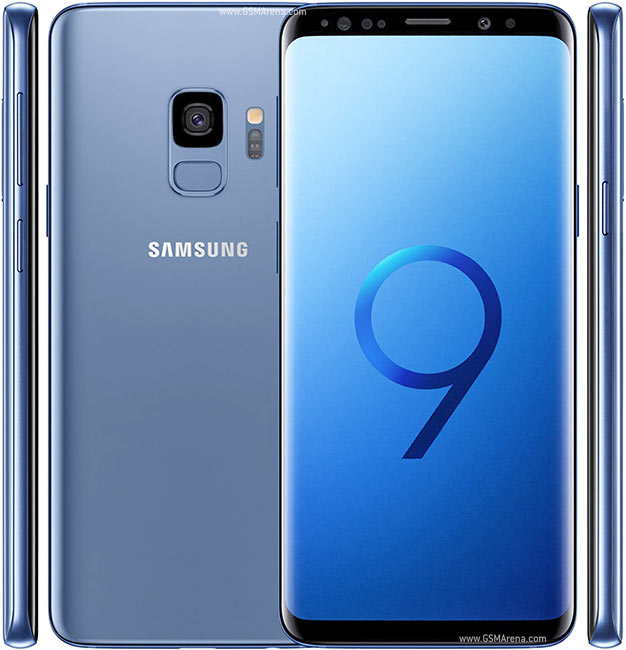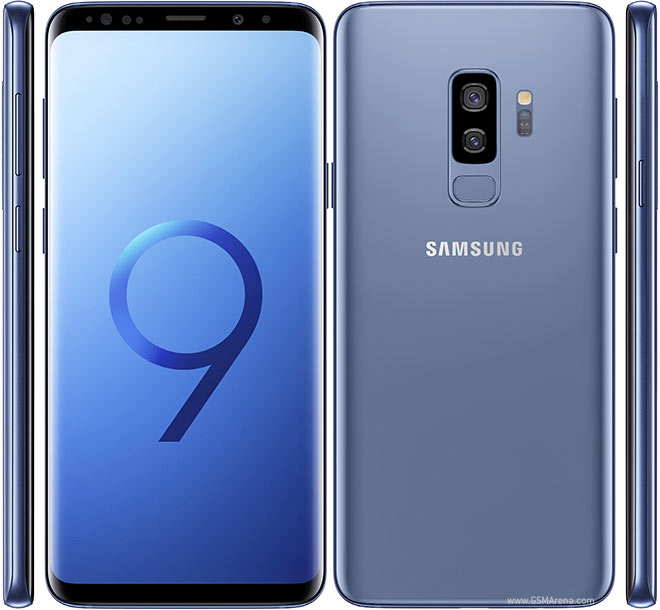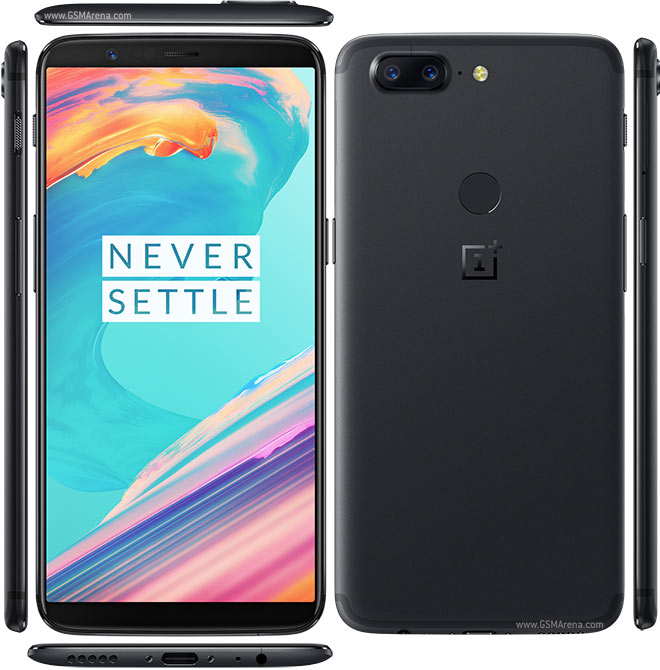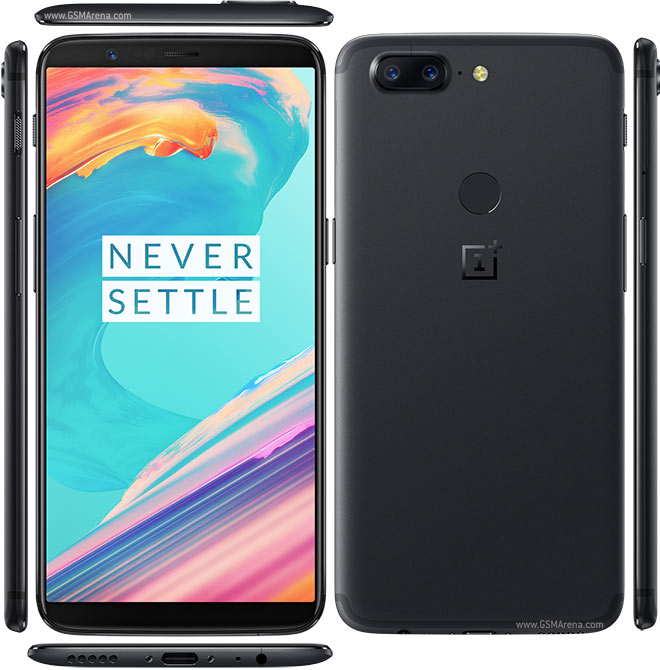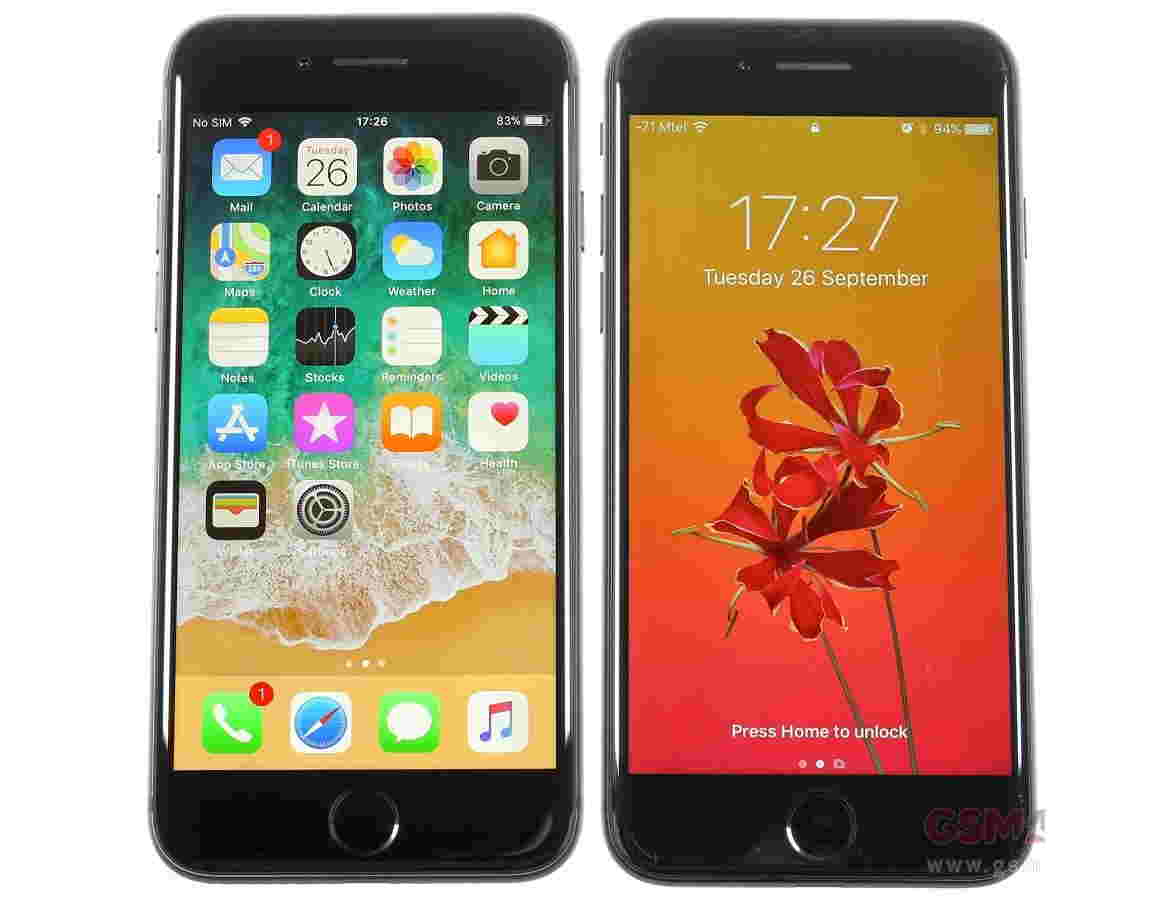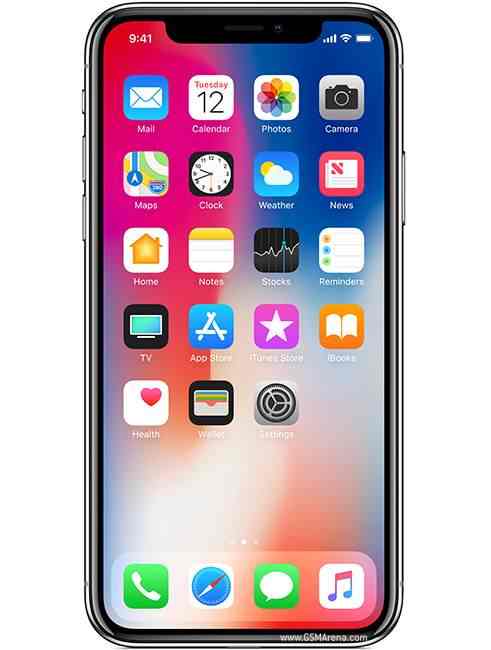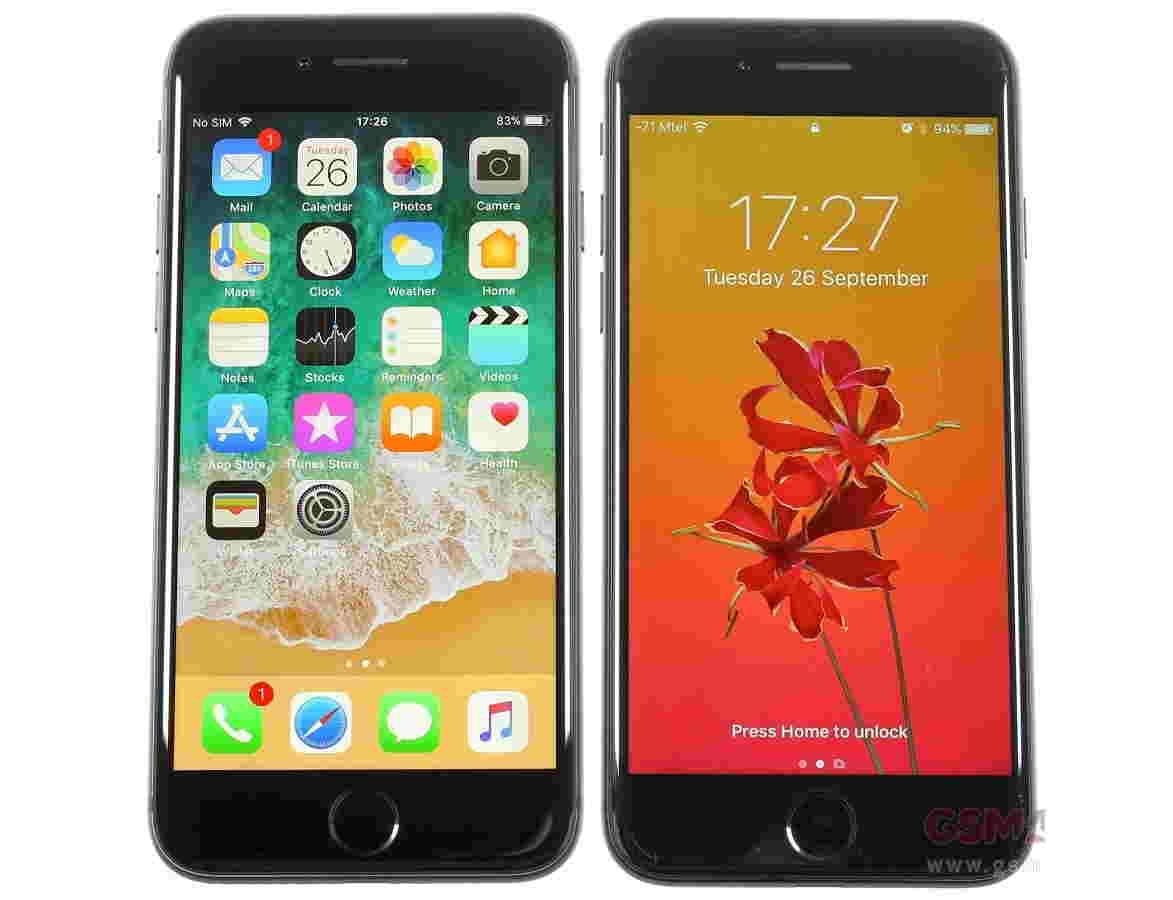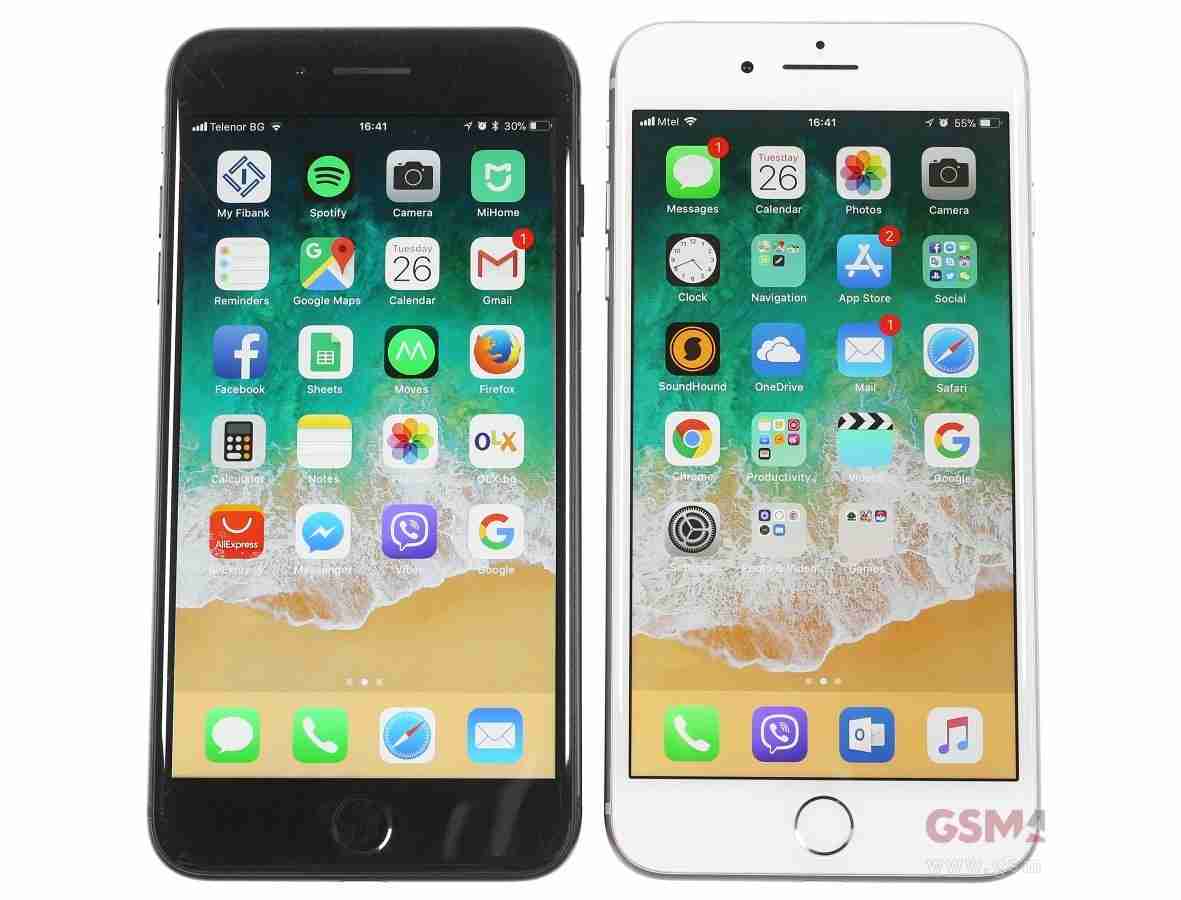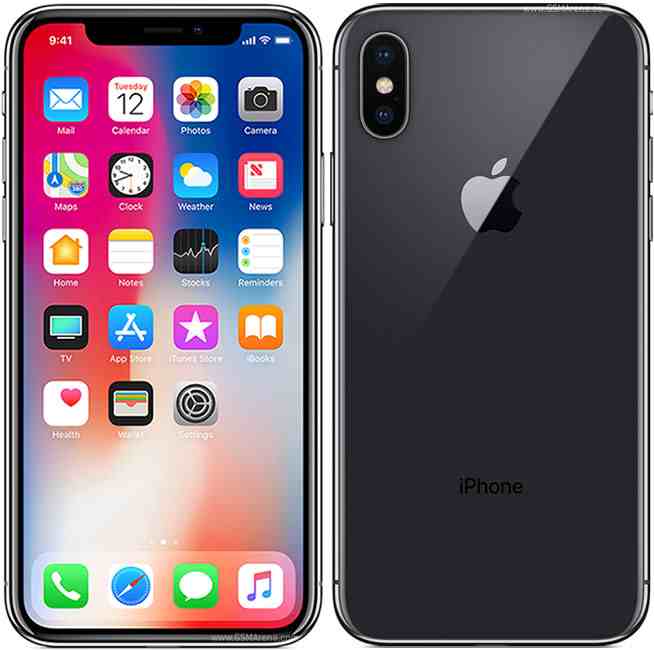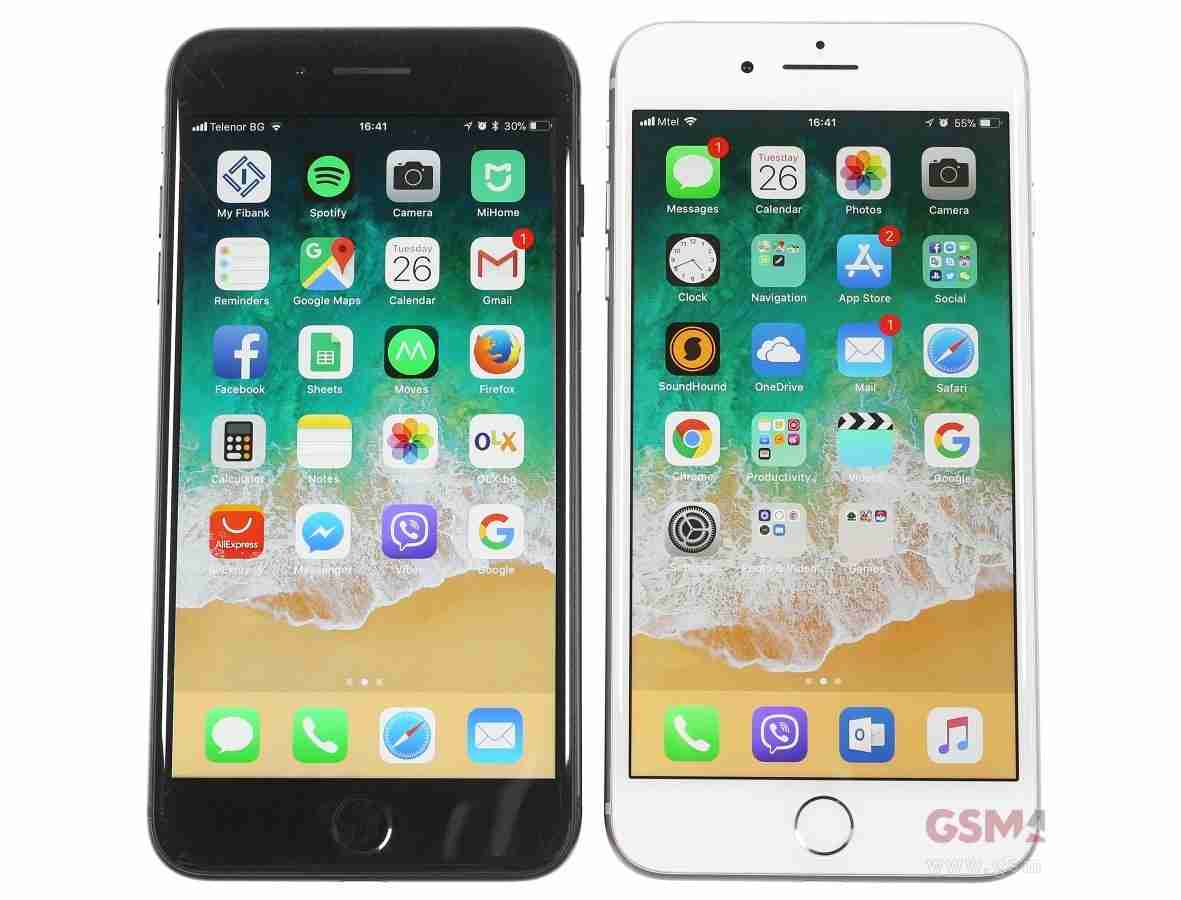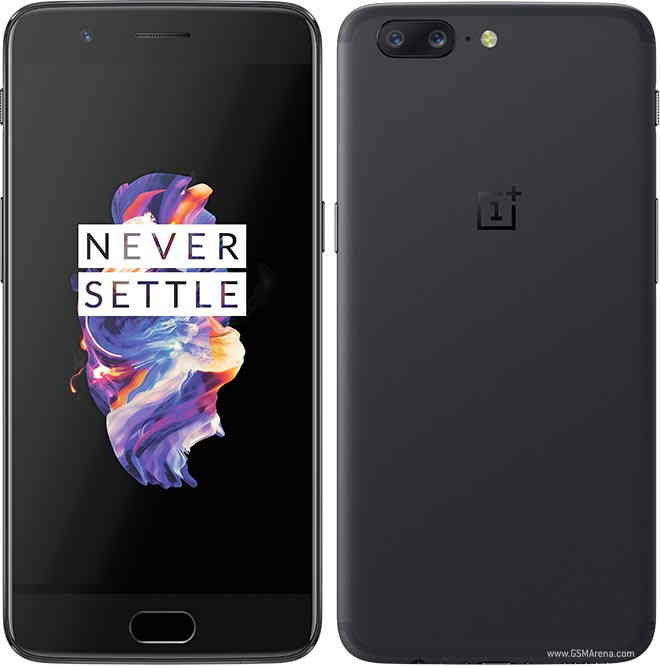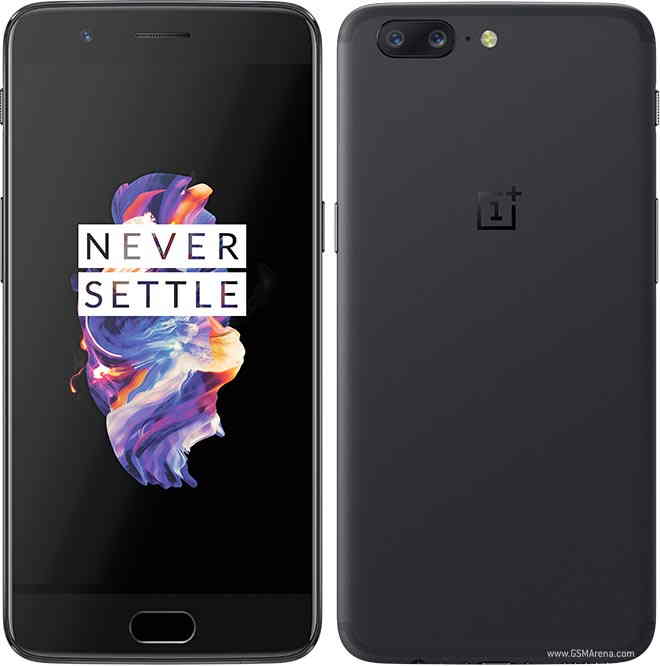Price: FREE upgrade for Windows users
Rating: 0

Windows 8 vs Windows 10 comparison: UK price and availability
Windows 8 is widely available right now. If you buy a new PC or laptop it will almost certainly come with Windows 8 (actuallyWindows 8.1 these days). As an end user you will not know the cost of Windows 8 to your PC's manufacturer, but if you pay for an upgrade or to buy a licence outright you will have to shell out. A standard Windows 8.1 upgrade licence will cost you around £79, a Windows 8.1 Pro licence £189.
Compare that to Windows 10. Windows 10 is not yet available, and will likely launch in the Autumn. In the mean time you can install the preview version, for free. It is a beta, meant for developers, so we wouldn't recommend that just anyone attempts to use Windows 10 for their main PC. Not just yet, anyway. But the good news is that when Windows 10 launches it will be a free upgrade for existing Windows 7, Windows 8 and Windows Phone users. At least for the first year, anyway.
So if you are a Windows Vista or -XP user, you may want to think about upgrading now. Even if you jump only to Windows 7, for now. (See also: Windows 10 UK release date, price, features UK.)
Windows 8 vs Windows 10 comparison: devices
Right now there are three different types of operating system that could reasonably be called 'Windows 8'. Four, if you count 64- and 32-bit versions. Windows 8 itself is x86 software built for use with PCs and laptops, as well as some tablets. Then there is Windows RT, which is for use on other tablets. Finally, there is Windows Phone 8 (which explains itself). Windows 10 will, at least in principle, do away with these divisions.
Microsoft claims that Windows 10 will run on all Windows PCs, laptops, tablets and phones. More importantly all Windows 10 apps will work across all of those devices. It's a bold claim, and an exciting one. It's also a caim that we can't even begin to assess until the first consumer beta of Windows 10 on smartphone comes out in February. (See also: Windows 10 launch event as it happened.)
Windows 8 vs Windows 10 comparison: Start Menu
The Start Menu is back in Windows 10, in more of a way than it is within Windows 8.1. The return of the Start Menu is a key change to Windows 10 on the desktop.
In Windows 10 the Start Menu is improved, in such a way that it may even make Windows apps useful even without the ability to use them across all Windows devices. The Windows 10 Start Menu includes a list of frequently used apps and shortcuts to PC settings. Here you will also find documents and pictures folders. At the bottom we see an 'All apps' shortcut.
And Microsoft has retained the functionality of the Windows 8 Start screen over on the right, with resizeable Live Tiles so that you can immediately check unread mail or Calender appointments. The Start Menu is customisable - you can resize it, and rearrange the tabs, You can also revert to the Windows 8 Start page, should you wish to. (See also: How to install Windows 10 now.)

Windows 8 vs Windows 10 comparison: Xbox
Finally Microsoft is attempting to make use of the awesomeness that is Xbox, within the dreary world of Windows. Whereas Windows 8 users can install an Xbox app on to Windows PCs, it really doesn't offer much of the true Xbox experience. In Windows 10 Microsoft aims to change that.
With Xbox on Windows 10, Microsoft is attempting to bring into Windows 10 the best features from Xbox Live and the Xbox console. Windows 10 comes with its own built-in Xbox app, offering a unified view of your games, the activity of your friends, and your own gaming activities. Windows 10 also bakes in Xbox Live, so that the more than 50 million Xbox Live members can connect across multiple devices in new ways.
It remains to be seen how well Windows 10's Xbox implementation will work. But if Microsoft can deliver on its vision of streamed gaming sessions enjoyed wherever you are on a Windows 10 device, it will be a literal game changer. And a massive improvement over Windows 8. (See also: Windows 10 screenshots.)
Windows 8 vs Windows 10 comparison: Cortana
Another key new feature of Windows 10 not available in Windows 8 is Cortana. Cortana is Microsoft's semantic digital assistant. A kind of super Siri, which can engage you in conversation. More than simple speech recognition, Cortana constantly scours the web for information to inform its interactions with you. And it learns from your behaviour, contacts and so on, in order to better serve your needs.
Cortana on Windows Phone is pretty great, actually. And it improves with use. So the inclusion of Cortana on Windows 10 is a big boost over Windows 8. (See also: Tech predictions: Windows 10 in 2015.)

Windows 8 vs Windows 10 comparison: search improvements
Universal search in Windows 8 is a much-undervalued feature. It's been in Windows since Vista, but really came to maturity in Windows 8. Searching to load up apps and files is much more efficient than navigating via apps and file systems. And going by the Windows 10 preview Microsoft has made strides in this area.
Because, quite simply, Windows 10 sees a search button added to the taskbar. This in one important move one of the few important aspects of the Windows 8 Start page is pulled into the Desktop. Microsoft officials tell us that Search and File Explorer now displays your recent files and frequently visited folders. This should make finding files you've worked on faster and easier. (See also: 10 best new features in Windows 10.)

Windows 8 vs Windows 10 comparison: Snap Assist and windowed apps
With Snap Assist every app in Windows 10 can be dynamically resized in a window. And unlike in Windows 8 - where a snapped app takes up half the screen - with Windows 10 up to four apps can be snapped per screen. This has the potential to be a killer productivity app - true multitasking in a single window.
Even better, Snap a document to one side of the screen, and Snap Assist will suggest others that you may wish to open. Snap an app and Windows 10 suggests another, similar app that you might want to snap next to it. The feature is intended to save you the hassle of hunting about through menus to actually construct a virtual desktop. Time will tell whether these suggestions will prove useful, but it's a good start.

Windows 8 vs Windows 10 comparison: Task View, virtual desktops, ALT-TAB
Another useful and visual productivity enhancer is the way that Task View allows you to create a kind of multi-monitor setup within a single monitor. As with previous versions of Windows you can use ALT-TAB to quickly shuffle between windows. The killer difference here is the new Task View button. Third from the left in the Windows Taskbar is the Task View button. Press it - or hit Windows TAB - and you will see an array of 'virtual desktops', virtual displays into which you can snap multiple apps. So you could keep your email and web browser on one Desktop that you hide away when you are working on an Excel spreadsheet.
Potentially a very useful feature. (See also: Windows 10 vs OS X 10.10 Yosemite comparison.)
Buying Advice
It is too early to give a definitive verdict on Windows 10. Suffice to say that if Microsoft can deliver on even most of its promised feature set, Windows 10 will be a major improvement on Windows 10. And it's free.



